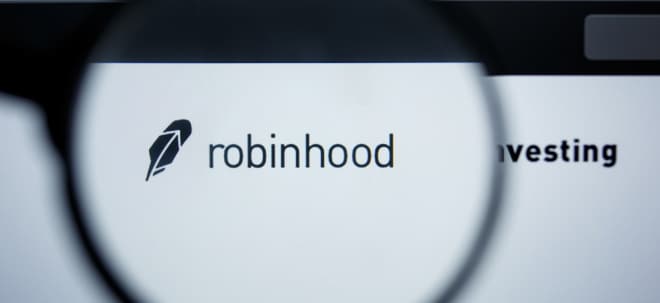The Significance of Intermediate WL logging results
by TheRock07, June 22, 2014 - 11:19 AM (stockhouse)
" Based on encouraging logging while drilling ("LWD") results in the upper Eocene carbonate, the Company elected to run intermediate wireline logs. The bore-hole image analysis revealed sections within the Eocene containing natural fractures.
Read more at http://www.stockhouse.com/news/press-releases/...#2v5ZSYBSKj2Mg37I.99 "
Drilling of Moly is guided by 3D seismics shot at the surface.
That data is undoubtedly calibrated to the seismics/downhole data obtained from S1.
For those who dont understand seismics, it is merely the rreturned echo of a shot of sound delivered at the surface.
The returned echo will have different acoustic signatures that will vary depending on the density of the target structure.
Obviously, sandstone will have a different acoustic signature than hard rock, and very porous rock will have a different signature than tight rock.
Hence, 3D acoustics ( seismics ) is a very valuable tool to guide in the drilling of the well.
However, because of signal attentuation, the deeper the structure the less the resolution of the returned echo.
However, this is offset by LWD ( logging while drilling ) which gives you a real time check shot of what the bit is passing thru.
Running an intermediate wireline log means that the acoustic data acquired will be intermediate between the surface 3D data profile but not as detailed as the LWD.
The great advantage of running a intermediate wireline log is that the geophones are set at the bottom of the well core.
Clearly, at 4500 m ( about 2.5 miles ) , the surface 3D data does not have great resolution at 4500 m and even less at 5500 m ( because of signal attentuation ).
The intermediate log shot at the bottom of the Eocene in Molly was just a few metres above the Paleocene reservoir and still had great resolution at 6000 m.
In other words it is a high resolution look-ahead of what lies below the current well bore.
From this imagery below the current well path, you can clearly predict faults and structures that would not be either imaged or imaged very poorly from the surface 3D signal.
Such key reservoir parameters such as porosity, permeability, pressure etc can be much more accurately predicted.
Its obvious that the 3D surface seismics did not pick up the Eocene formation.
Hence the surprise that it was 300 m shallower.
So, what we have now ( from the intermediate WL logs ) is a very clear picture / prediction of what lies below 4500 m.
Clearly, it showed that the Cretacious ( the main target formation which is below the Paleocene ) formation extends to 6000 m, or about 500 m deeper that forecast by the surface 3D.
Not only that, but they now know 75 % of the geophysical info, as to what they wil get once the well is fully drilled.
Since they have excellent calibration data from S1, you can bet that when Shell says " encouraging " they know exactly what lies ahead.
Go back to Glen's interview.
Notice he mentions a massive basement kitchen.
He is not guessing.
Its the most important takeaway message from that interview.
A financing, if required in 2015, will only be needed if Shell proceeds to move beyond appraisal drilling to field development drilling.
Thats the second takeaway message from Glen;s interview.
Notice he smiled when he said this.
Given Shells heavy hand on information flow, Glen did a superb job on getting across to shareholders the two key takeaway messages.
Hold your shares.
We have an elephant by the tail...
http://www.stockhouse.com/companies/bullboard/...-inc?postid=22683810 |


 Thread abonnieren
Thread abonnieren

